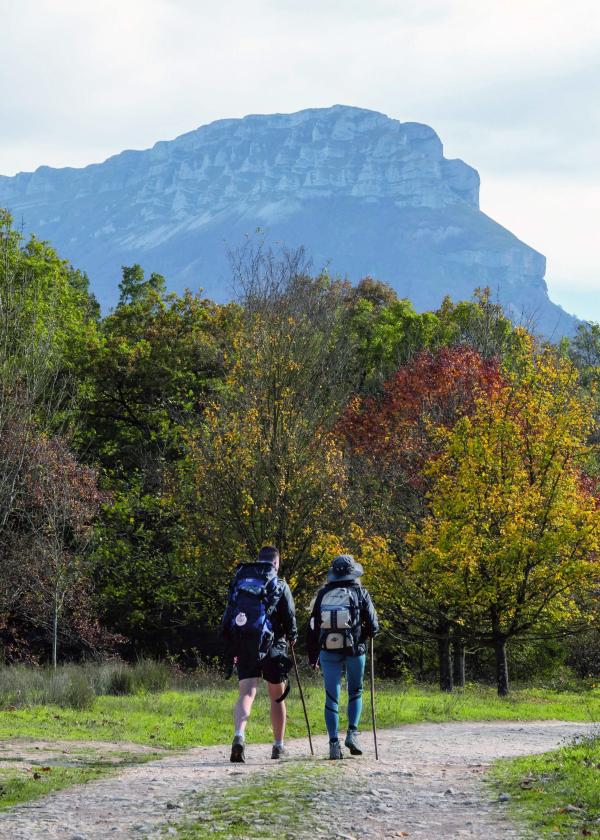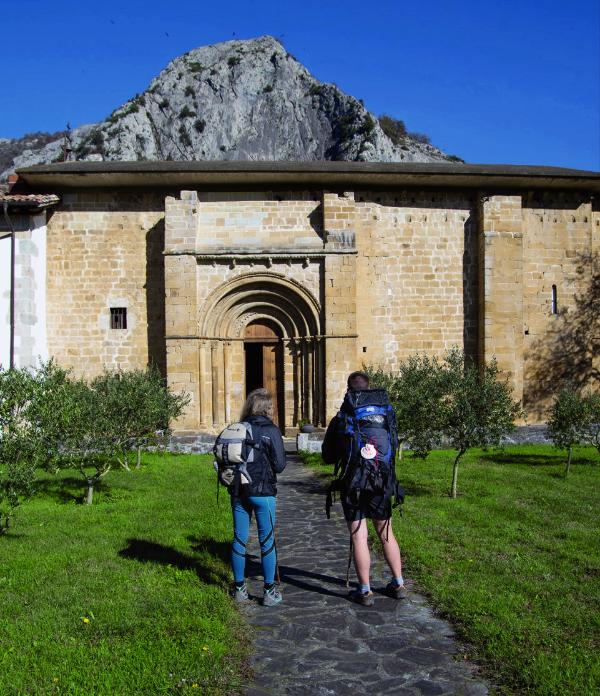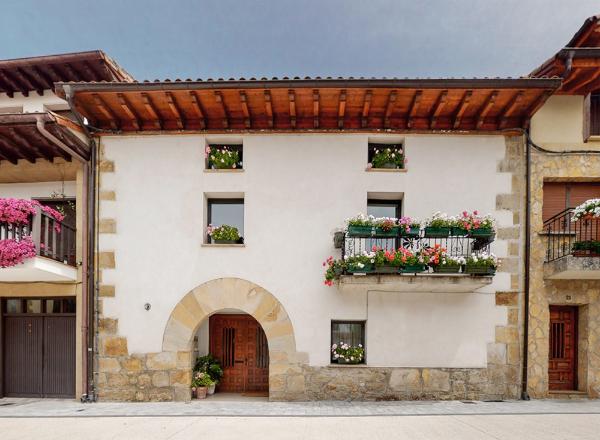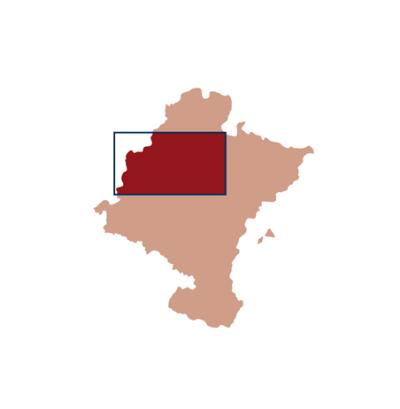45 kilometres
4. SAKANA WAY - From Irurtzun to Ziordia
Before king Sancho el Mayor of Navarre established what is known as the "French Way" as the official way to Santiago de Compostela, pilgrims used a different route from the 9th to the 11th centuries.
As evidenced by a number of documents, this route used the Iter 34 Roman road that was built in the 1st century between Bordeaux (France) and Astorga (León - Spain) and which, after crossing the Pyrenees and passing through Roncesvalles and Pamplona, ran through Sakana and continued on towards Vitoria and Burgos.
From the 11th century onwards the Sakana Way, also known as the "Camino de la Calzada" (Roman road way) fell into disuse, becoming a minor half-forgotten route. However, today, it is once again possible to enjoy the section that runs through this beautiful valley as it has now been signposted and offers all the necessary hospitality, dining and transport services.
Would you like to go back to the origins of the Way and do this 45-kilometre route in two or three stages? You can plan your route to suit yourself, as the villages in the Sakana valley are ready and waiting to welcome you.
Check out the tracks on Wikiloc:
- From Irurtzun to Lakuntza
- From Lakuntza to Ziordia
-

Enjoy landscapes full of peace and tranquillity and the delicious local cuisine
The Sakana valley is a long corridor bounded by the sierras of Urbasa and Aralar, sheltering around thirty villages interspersed with green meadows and oak and beech woodlands. The magnificent Romanesque sanctuary of San Miguel de Aralar is to be found in the sierra of Aralar.
The valley offers rich pasturelands on which horses and cows peacefully graze, as do the Latxa sheep, whose milk is used to make the much sought-after D.O. Idiazabal cheese, which is often served with honey and walnuts. Don't miss the opportunity to try this delicacy! As well as the delicious pintxos of txistorra (a fresh paprika sausage) and the tasty beef steaks. Yet another end-of-stage incentive!
This beautiful video will tell you all about it -

Monastery of Zamartze
This monastery, which came under the cathedral of Pamplona in the Middle Ages, is a beautiful example of rural Romanesque art in Navarre, with a single nave floor plan. Standing in an exceptional natural setting, it was a key stopping point on the Roman road, to allow walkers to regain their strength and it even functioned as a pilgrims' hospital in the 10th century. Roman remains as well as the typical scallop shells of the Way of St James have been found at the monastery.
It also has a house for spiritual retreats.
Get more information on the monastery of Zamartze -

Accommodation and services to pamper yourself
There's a whole range of accommodation on offer in the 30 villages along the Sakana Way, so you're sure to find just the right place for you. You can stay at one of the country holiday homes that are so typical of this area, or tourist hostels, hotels and even campsites. Click here to check out all the accommodation options.
And, for a midday or evening meal, visit the restaurants in the valley and treat your taste buds to the mouth-watering local products grown in the market gardens or raised in the fields.
And if you need to get here or to go back to your place of origin at the end of your route, there's no problem as this valley is really well-communicated. More info here.


